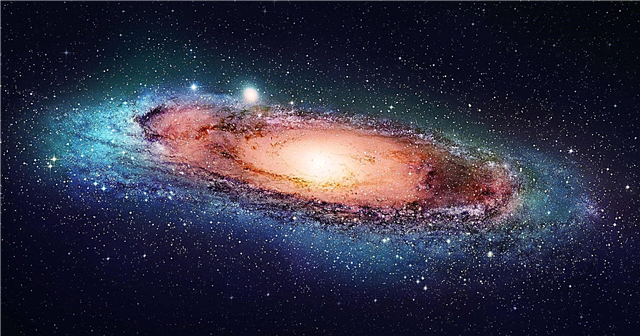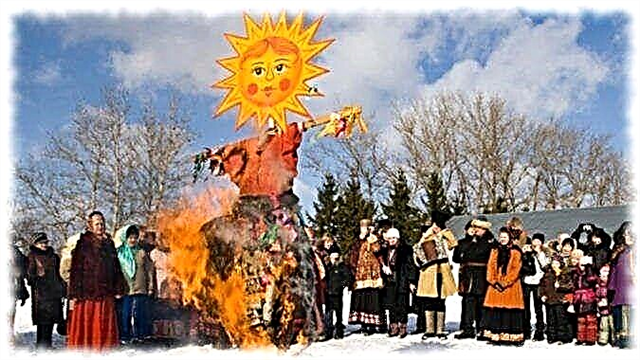
Many people ask themselves: why does the moon begin to glow with the onset of darkness? Thanks to scientists, there is an answer to this question. Let us consider in more detail the topic of glow, analyzing the process and paying attention to several interesting facts.
Causes of the Glow of the Moon
As was said, the satellite is not a source of light, but only reflects it. But how can a rocky celestial body without an atmosphere do this? The answer is simple - it turns out 50% of the lunar soil consists of glass fractions. Among the stones you can find many glass balls, some of which have a completely round surface. That is why the moon works as a reflector.

Interesting fact: It takes about 1.26 seconds for moonlight to reach the surface of the earth.
How much light does the moon reflect?
Objects in space are characterized by such a magnitude as “albedo”. It shows how well objects are able to reflect sunlight. For example, glass is known to have a high albedo and ground to a low.
Compared to other bodies in space, the moon has a very low albedo. This is explained by a large number of irregularities and soil on the surface of the satellite. It is able to reflect only 12% of the sun's rays, but this is enough to illuminate our planet with a lot of light.
In the full moon, the satellite is able to reflect a greater amount of sunlight, so it can be seen even in the daytime.
Interesting fact: Astronomers have to stop their research during the full moon, because moonlight makes it very difficult to work.
During the super moon, when the moon looks 14% larger than usual, the glow becomes 30% brighter than usual. This happens when the Earth is as close to its only satellite.

There is also another justification for the bright glow of the moon. It is explained by the Zeliger effect, the essence of which is that the brightness of a solid rough surface increases sharply if the light source is directly behind the observer. Simply put, if you stand under a lamp at night, the light coming from it will seem brighter than it actually is.
What color is the moonlight?
At different times of the month and year, the moon has a different color, what is the reason? This illusion arises as a result of the Purkinje effect, when the human eye perceives colors differently due to the degree of illumination of other objects.

Here are some examples of different glows:
- The moonlight around the full month seems bluish.
- During an eclipse, the satellite becomes red.
- The full moon is either light blue or light yellow.
Interesting fact: in our century we see much less moonlight than all our ancestors saw.
Why does the moon have different degrees of luminosity?
It is all about the phases that the Moon goes through during its rotation around the Earth, and the Earth - around the Sun. There are 8 of them: the new moon, the growing month, the first quarter, the growing moon, the full moon, the waning moon, the third quarter, the waning moon.It was at this time that light fell on the satellite from different angles.

In the phase of the first quarter and the last, only half of the surface that faces the Sun is illuminated. At this time, the planet is exactly in the middle towards the Sun and the Moon, while the entire Moon surface is perfectly visible from the Earth.
During the phase of the new moon, it is practically not visible, since the moon is between the sun and the earth. As a result, it turns out that one of the sides, which should reflect sunlight, is turned in the opposite direction. That is why these days in the sky we see only a small part of the moon - the sickle.
Interesting fact: It takes 29.6 days for the satellite to go through the full cycle. Each phase takes approximately 7.4 days.
To summarize, we can say that the moon is a reflector of sunlight. The moon itself cannot reflect sunlight sufficiently brightly, since the surface is only 50% glass fractions. Also, the amount of illumination varies depending on the phase in which the satellite is currently located.












